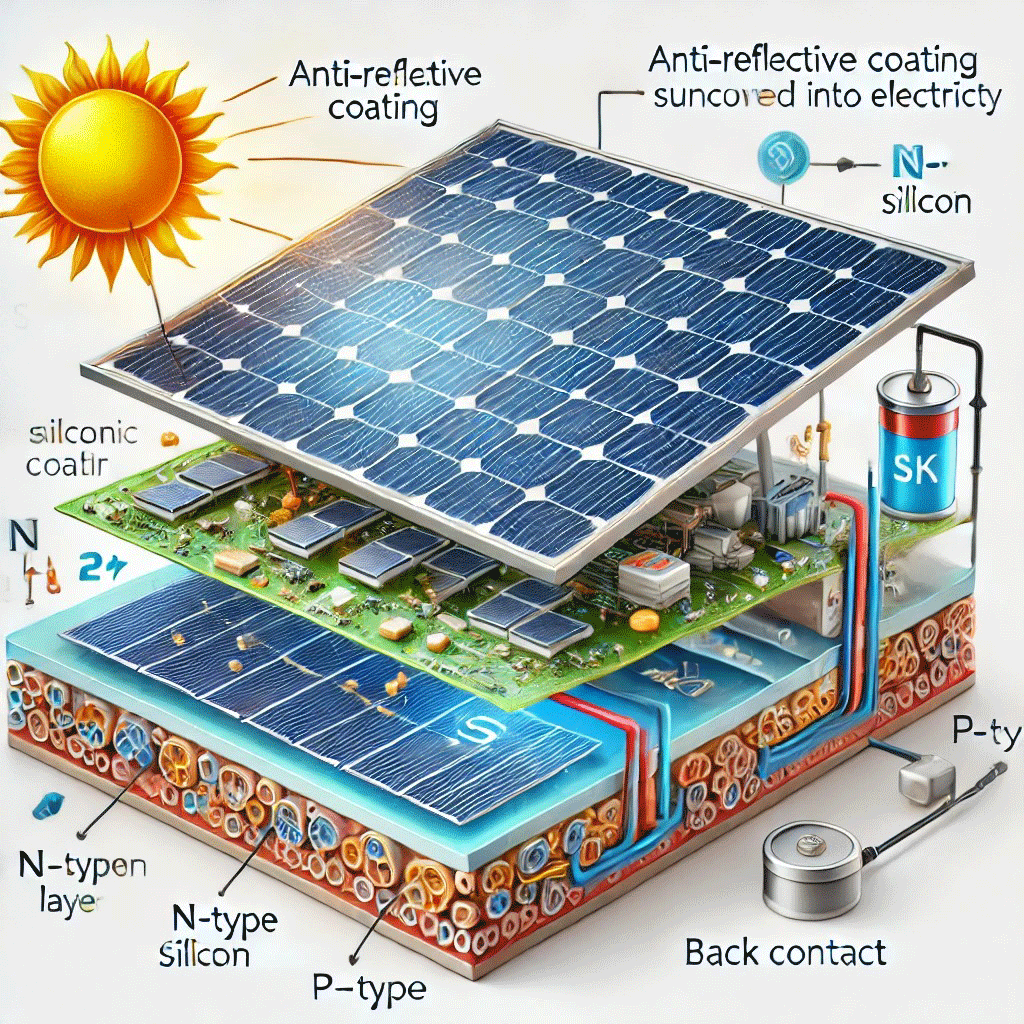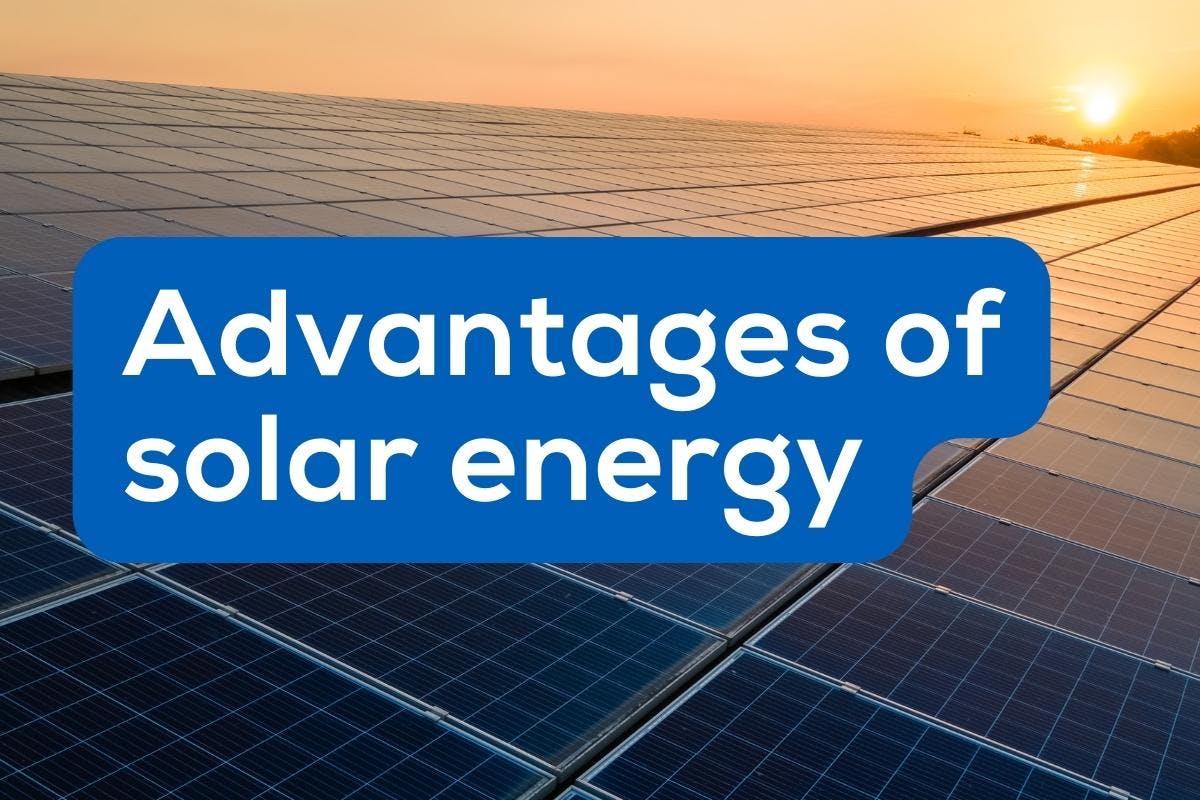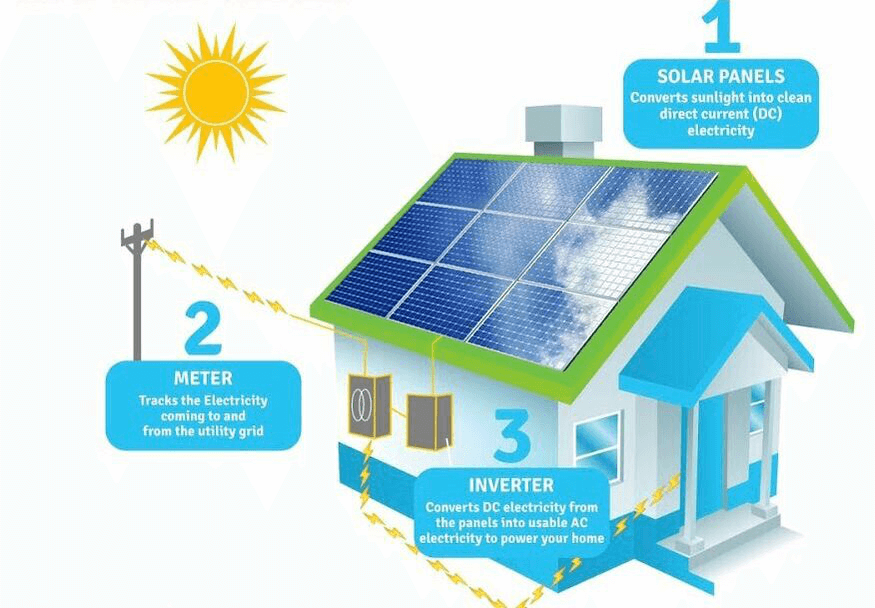Solar Power 101: A Beginner's Guide to Sustainable Energy Solutions
As the world progressively shifts towards lasting power solutions, recognizing the principles of solar power comes to be important for both individuals and organizations. By exploring the benefits of solar innovation, along with the financial motivations and installment procedures, one can get a more clear perspective on exactly how to efficiently integrate this eco-friendly resource into their power technique.
Understanding Solar Energy
At its core, recognizing solar power entails realizing the basic principles of just how sunlight can be converted right into usable electrical power. Solar power is stemmed from the sunlight's radiation, which can be used via numerous innovations. The main system for this conversion is the photovoltaic or pv result. This phenomenon takes place when sunshine strikes semiconductor products, generally silicon-based, within solar batteries. The power from the sunshine thrills electrons in the semiconductor, allowing them to stream freely and produce straight present (DC) electrical power.

Understanding solar power also entails acknowledging its environmental advantages. By utilizing sunshine, we can reduce greenhouse gas discharges and lower air pollution, contributing to a more sustainable future. The improvements in innovation and effectiveness of solar systems proceed to enhance their feasibility, making solar power a progressively appealing option for global energy needs.
Kinds Of Solar Power Systems
Numerous sorts of solar energy systems are typically used to harness solar power for electrical energy generation. The primary groups include photovoltaic (PV) systems, concentrating solar energy (CSP) systems, and solar thermal systems.
Photovoltaic systems utilize photovoltaic panels composed of silicon cells that transform sunshine directly right into electrical power. These systems are functional and can be set up on rooftops, ground installs, or incorporated into structure products.
Concentrating Solar energy systems, on the other hand, utilize mirrors or lenses to focus sunlight onto a little location, generating warm that drives a vapor wind turbine to generate electrical power - Simply Solar Illinois. CSP systems are normally deployed in large-scale power plants and call for direct sunshine, making them much less appropriate for over cast regions

Each sort of solar energy system has its distinct characteristics, applications, and viability depending on geographical place, power requirements, and budget, making it necessary to examine options based upon specific conditions. - Simply Solar Illinois

Benefits of Solar Power
Utilizing solar energy through various systems not only provides a lasting means to produce electrical energy however also offers a multitude of benefits. Among one of the most considerable advantages is the reduction in greenhouse gas exhausts, adding to a cleaner atmosphere and combating climate change. Solar energy is eco-friendly, indicating it is limitless and available as long as the sunlight beams, unlike fossil fuels, which are finite and diminishing.
Additionally, solar power can lead to significant expense savings over time. Homeowners and organizations can minimize their electrical power costs substantially, and in most cases, they might make credit histories for excess energy created through internet metering. Additionally, the solar sector creates work, from manufacturing to installment, stimulating neighborhood economies.
An additional compelling advantage is power independence. By generating their own power, individuals and areas can decrease dependence on external energy resources, improving strength against fluctuating energy costs and supply disturbances. this post Additionally, solar energy systems call for minimal upkeep, making them a hassle-free option for sustainable power generation.
Installment Process Summary
The installment process for solar power systems commonly involves several essential actions that make certain effective integration right into a residential or commercial property. At first, a detailed website analysis is conducted to evaluate the roof's alignment, shielding, and architectural honesty, which are vital to maximizing photovoltaic panel efficiency. Following this evaluation, the style phase commences, where a tailored solar power system is configured based upon the homeowner's power needs and choices.
As soon as the layout is wrapped up, the needed licenses and approvals are acquired from regional authorities, guaranteeing compliance with regulations. The real installment includes installing the solar panels on the roof or ground, connecting them to an inverter, and incorporating the system with the property's Bonuses electric configuration. This original site phase might additionally include installing battery storage systems, relying on the style.
With the installment complete, the solar energy system can start generating eco-friendly energy, contributing to sustainability and lowering utility expenses. This organized method makes certain that solar systems are both efficient and trusted, optimizing their long-term benefits.
Financial Motivations and Savings
Checking out the economic incentives and cost savings related to solar power systems can dramatically enhance the allure of making the button to sustainable power. Numerous incentives exist at federal, state, and regional degrees, made to reduce the preliminary expenses linked with solar installment. One of the most remarkable incentives is the federal solar tax credit, which allows property owners to deduct a portion of their planetary system installment prices from their government tax obligations. Since 2023, this credit scores stands at 30%, supplying considerable financial savings.
In enhancement to tax credit ratings, many states supply rebates that can further lower ahead of time costs. Some utility business likewise provide performance-based motivations, fulfilling solar power production over time. Financing options, such as solar loans and leases, enable consumers to install systems with little to no down payment, making solar power more available.

Long-term cost savings are one more essential element. By producing their very own electrical power, home owners can significantly decrease or even remove their month-to-month power costs. Additionally, solar systems can raise home worths, supplying a strong return on financial investment. On the whole, the mix of rewards and savings makes solar power a financially appealing option for lots of families.
Conclusion
In final thought, solar power stands for a crucial component of sustainable power services, giving a pathway towards decreased carbon impacts and enhanced ecological security. Ultimately, the change to solar energy not just cultivates environmental duty but additionally promotes economic financial savings and energy self-reliance.